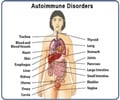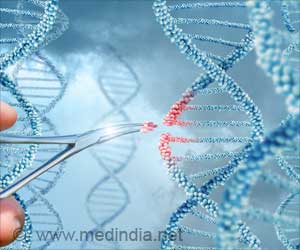Gene FCGR2A could be behind the Kawasaki disease, say researchers with the Genome Institute of Singapore (GIS).

It is unresponsive to antibiotics and anti-pyrectics, such as paracetomol and aspirin.
The world-wide investigation into the Kawasaki disease, linking five separate consortia, was initiated by GIS, a wing of the Agency for Science, Technology and Research (A*STAR).
It was responsible for the study design and coordination, as well as the laboratory work and data analysis of samples collected by its research partners.
The study examined the genetic profiles of 405 children with Kawasaki disease and contrasted them with 6,252 healthy controls, in Europe, USA and Australia. Genetic markers showing potential association with the disease were re-assessed and validated in a further 740 affected families, as well as a further 1,028 affected children and 1,512 healthy controls from Asian countries.
From the study, the scientists noted very strong evidence of increased risk of disease at a gene encoding a protein called FCGR2A. This protein is well known to Kawasaki disease doctors because it is a receptor for intravenous immunoglobulin (IVIG), which is used for the treatment of Kawasaki disease.
Advertisement
In those affected, a very visible rash develops, and the child is in obvious discomfort, but it cannot be relieved by traditional means. Furthermore, there are other conditions, such as scarlet fever and measles, which can mimic it, and thus delay its diagnosis.
Advertisement
Co-lead author of the paper, Senior Group Leader and Associate Director for Infectious Diseases at the GIS, Dr Martin Hibberd said, “The cause and events that lead to Kawasaki disease have been difficult mysteries, that are now starting to be revealed, but only because of world-wide efforts such as this.Now we have added a very significant jigsaw piece to the big picture, I hope we can start to impact on patients through the development of early diagnosis and new therapeutic approaches.”
Dr Khor Chiea Chuen, co-first author and Research Scientist at the GIS added, “I saw my first patient with Kawasaki disease as a fourth year medical student five years ago, and when asked by the child’s parents regarding the cause of the disease, I didn’t know much apart from the observation that Kawasaki disease could be triggered by an infectious episode. Now, we know more. We plan to extend this study to involve Singaporean patients in the near future.”
The study has been published in Nature Genetics.
Source-Medindia









